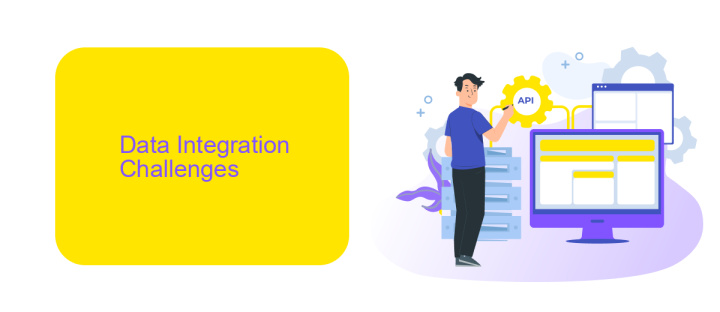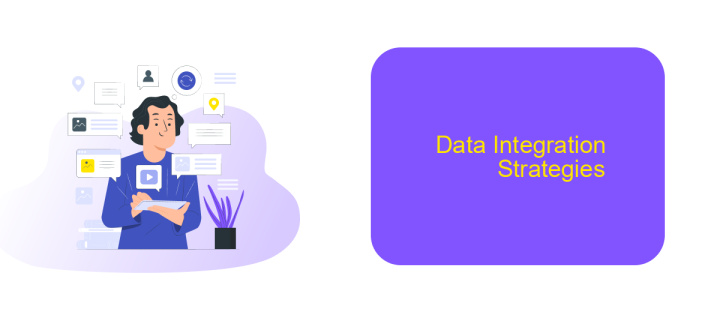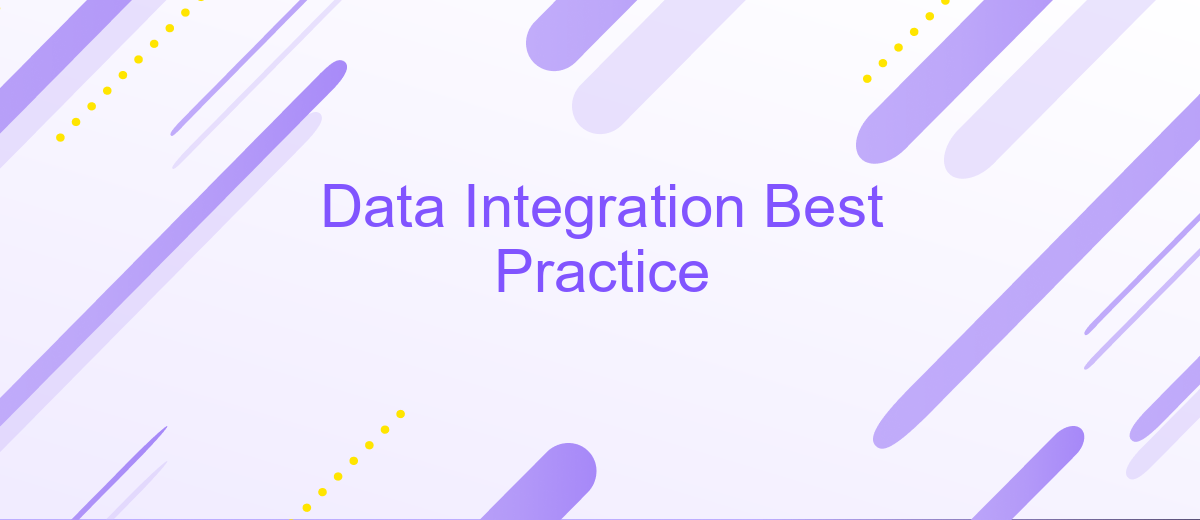Data Integration Best Practice
Data integration is crucial for businesses seeking to leverage diverse data sources for actionable insights. This article explores best practices for seamless data integration, ensuring data accuracy, consistency, and accessibility. From understanding data silos to implementing robust integration tools, we provide a comprehensive guide to help organizations optimize their data strategies and drive informed decision-making.
Data Integration Best Practices
Effective data integration is essential for maximizing the value of your data assets and ensuring seamless operations. To achieve this, it's crucial to follow best practices that can streamline the integration process and enhance data quality.
- Define Clear Objectives: Establish specific goals for your data integration project to ensure alignment with business needs.
- Choose the Right Tools: Utilize reliable data integration platforms like ApiX-Drive, which offer user-friendly interfaces and robust functionality.
- Ensure Data Quality: Implement data validation and cleansing processes to maintain high data quality and accuracy.
- Maintain Security: Protect sensitive data by employing strong encryption methods and access controls.
- Monitor and Optimize: Continuously monitor the performance of your data integration processes and make necessary adjustments to improve efficiency.
By adhering to these best practices, organizations can ensure that their data integration efforts are effective and aligned with their strategic objectives. Leveraging tools like ApiX-Drive can further simplify the process, enabling seamless integration across various data sources.
Data Integration Challenges

Integrating data from multiple sources presents numerous challenges, one of which is data inconsistency. When data is collected from various platforms, discrepancies in formats, structures, and standards often arise. These inconsistencies can lead to errors, misinterpretations, and ultimately, poor decision-making. Ensuring that data is harmonized and standardized across all sources is a critical step in the integration process, but it can be time-consuming and technically demanding.
Another significant challenge is the complexity of managing real-time data integration. Businesses need seamless and continuous data flow to make timely decisions, but integrating data in real-time can strain resources and infrastructure. Solutions like ApiX-Drive can help mitigate this issue by automating data transfer between different services and applications, ensuring that data is up-to-date and synchronized. However, the initial setup and maintenance of such integrations require careful planning and expertise to avoid potential disruptions and ensure smooth operation.
Data Integration Tools

Data integration tools are essential for streamlining and automating the process of combining data from various sources. These tools help organizations maintain data consistency, improve data quality, and ensure that data is readily available for analysis. By leveraging these tools, businesses can reduce manual data handling and focus more on deriving insights from their data.
- ApiX-Drive: A versatile tool that automates data transfer between different applications and services, making it easier to synchronize information without manual intervention.
- Talend: An open-source data integration platform that provides a wide range of data integration capabilities, including ETL (extract, transform, load) processes.
- Informatica: A comprehensive data integration solution that offers cloud-based and on-premises integration options, ensuring seamless data flow across various systems.
- Microsoft Azure Data Factory: A cloud-based data integration service that allows you to create, schedule, and orchestrate data workflows at scale.
- Apache Nifi: An open-source data integration tool that supports powerful and scalable directed graphs of data routing, transformation, and system mediation logic.
Choosing the right data integration tool depends on your specific needs, including the complexity of your data sources, the volume of data, and your budget. Tools like ApiX-Drive are particularly useful for businesses looking for easy-to-use, automated solutions to manage their data integration tasks efficiently. Evaluating the features and capabilities of each tool will help you make an informed decision to best support your data integration strategy.
Data Integration Strategies

Effective data integration strategies are essential for businesses aiming to streamline their operations and enhance decision-making processes. One key approach is to ensure that data from various sources is harmonized and standardized, facilitating a seamless flow of information across different systems.
Another critical aspect involves selecting the right tools and platforms to manage data integration efficiently. Leveraging automation tools like ApiX-Drive can significantly simplify the process, allowing businesses to connect multiple applications and transfer data without manual intervention.
- Data Harmonization: Standardizing data formats from various sources.
- Automation Tools: Utilizing platforms like ApiX-Drive for seamless integration.
- Data Governance: Establishing policies to ensure data quality and security.
- Scalability: Ensuring the integration solution can grow with your business needs.
Implementing these strategies can lead to more accurate data analysis, improved operational efficiency, and better business outcomes. By choosing the right tools and maintaining robust data governance, organizations can achieve a more integrated and efficient data ecosystem.


Data Integration Case Studies
One compelling example of successful data integration comes from a global e-commerce company that needed to streamline its customer data across various platforms. By leveraging ApiX-Drive, they were able to seamlessly integrate data from their CRM, email marketing system, and e-commerce platform. This integration enabled the company to create a unified customer view, resulting in more personalized marketing campaigns and improved customer satisfaction. The automation capabilities of ApiX-Drive also reduced manual data entry, saving significant time and resources.
Another notable case study involves a healthcare provider that sought to enhance patient care by integrating data from electronic health records (EHR), appointment scheduling, and billing systems. Using ApiX-Drive, the provider successfully connected these disparate systems, ensuring that patient information was consistently updated and easily accessible across all departments. This integration not only improved operational efficiency but also facilitated better patient outcomes by providing healthcare professionals with a comprehensive view of each patient's medical history and treatment plan.
FAQ
What is data integration and why is it important?
What are some best practices for data integration?
How can automation help in data integration?
What challenges might one face during data integration?
How do you ensure data security during integration?
Apix-Drive is a simple and efficient system connector that will help you automate routine tasks and optimize business processes. You can save time and money, direct these resources to more important purposes. Test ApiX-Drive and make sure that this tool will relieve your employees and after 5 minutes of settings your business will start working faster.

